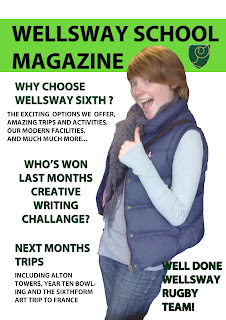Diabetic Magazines:
Diabetes Health:
First Published in 1970
Until 1999, it appeared more like a tabloid newspaper than a magazine. Except for the cover, it was still printed on newsprint. Not until the February 2002 issue did it begin to look like a regular magazine.
Annual circulation number 900,000
6 issues per year.
Organised by JDRF, a diabetic research organisation.
Set up by parents of diabetics.
Receives its funding from government grants and public donations.
Audience average age = 41-65
Audience female % = 60%
First Published in 1948
Annual circulation number of 5,340,000
12 issues a year
Organised by the American Diabetes Association.
Receives its funding from government grants and public donations.
Audience average age = 53
Audience female % = 65%
Diabetes Focus:
4 issues a year
Published by Remedy Life.
Company involved in giving health advice and providing help for many conditions, including heart disease and diabetes.
Audience average age = 54
Audience female % = 57%
Diabetic Living:
First published in 2004
Annual circulation number of 1,720,000
4 issues a year
Owned by the Meredith corporation, as part of the Better homes and Gardens company.
Audience average age = 54
Audience female % = 62%
Mari Claire:
First published in
Annual circulation number of 11,100,000.
12 issues a year
Audience average age = 30
Audience female % = 92%
Cosmopolitan:
It started originally as a family magazine.
Annual circulation number of 36,000,000.
12 issues a year
Audience average age = 26
Audience female % = 83%
Teen Vogue:
First published in 2003.
It came from the magazine “Vogue”, first published in 1892, who decided to create a magazine specifically aimed at a teen audience.
Annual circulation number of 10,000,000.
10 issues a year
Audience average age = 16
Audience female % = 95%
Seventeen:
First published in 1944.
Annual circulation number of 22,000,000.
11 issues a year.
Audience average age = 21
Audience female % = 89%






